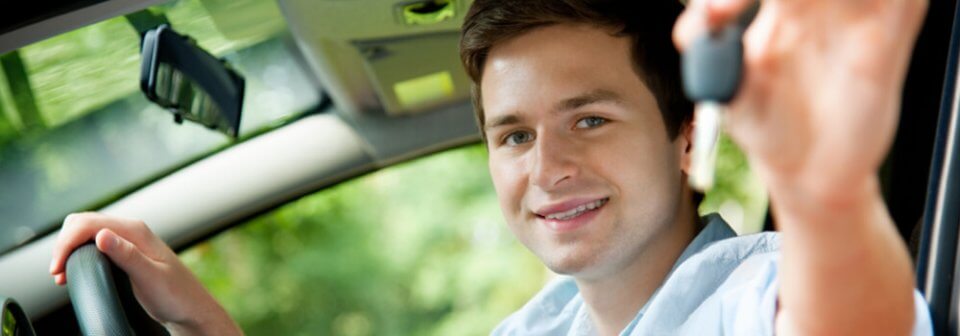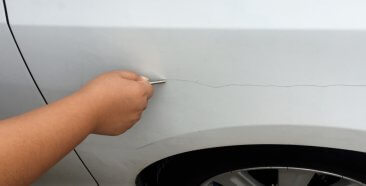
Teen driver inexperience and lack of maturity often leads to risk-taking behaviors behind the wheel—resulting in an increased death rate among this age group. Such behaviors include not wearing a seat belt, speeding, and alcohol use. According to the National Highway Traffic Safety Administration (NHTSA), teenagers are involved in three times as many fatal crashes as all other drivers.
There’s a medical explanation for these increased risk-taking behaviors – the frontal lobe, the brain’s judgment and inhibition center. The problem is it’s not fully mature until around 23 – 25 years of age. This means a teen driver’s brain acts more on impulse without considering consequences to make sound judgments.
Graduated Driver Licensing (GDL)
To lower the death rate, all states have enacted Graduated Driver Licensing (GDL) laws that phase in driving privileges upon successful completion of specific Graduated Driver Licensing program requirements. GDL programs allow young drivers to safely gain driving capability before earning full driving privileges.
Important restrictions include:
- Cell Phones/Texting: 37 states and D.C. ban all cell phone use by novice drivers. (See GHSA’s Cell Phone laws page for more information.)
- Passenger Restriction: 47 states and D.C. restrict the number of passengers during the intermediate stage.
- Nighttime Driving Restriction: 48 states and D.C. restrict nighttime driving during the intermediate stage.
- Novice Driver Decal: New Jersey is the only state requiring drivers younger than 21 without full-privilege licenses to display a decal on their vehicle identifying them as new drivers.
Most Graduated Driver Licensing programs include three stages:
- Learner Stage beginning no earlier than age 16 and:
- Lasting at least 6 months
- With at least 30-50 hours of parent-certified supervised practice
- Intermediate Stage that lasts until at least age 18 and includes:
- Nighttime driving restriction starting at 9:00 or 10:00 p.m.
- No (or no more than one) teen passengers (teens were two-and-a-half times more likely to engage in potentially risky behavior when driving with another teenager versus driving alone; three times with multiple passengers)
- Full Privilege Stage
- Issued a standard driver’s license
A complete chart of requirements for all states can be found here.
Parental Involvement
Parents are in a unique position in guiding their teens to become safe, responsible drivers. It’s a good idea to have a written contract in place between parents and their teen drivers that clearly spells out rules and the consequences for breaking them.
In addition to driver education classes, parents can help develop safe driving habits by:
- Enforcing restrictions on night driving
- Enforcing restrictions on the numbers of passengers riding with their teen
- Supervising practice driving
- Enforcing use of seat belts
- Prohibiting the use of cell phones and texting when driving
- Being a good role model by practicing safe driving themselves
Parents should ensure their teen pays particular attention to not using a cellphone while driving. Not only do distracted drivers have reflexes similar to someone with a .08 blood alcohol level, which is considered legally drunk, but the fine could be quite substantial. (If ticketed in Alaska, they could be hit with a fine as high as $10,000!)
The leading cause of death for teens in the United States are motor vehicle crashes caused by teen drivers. By taking an active part in teenager’s driver education and safety, parents can have a significant impact in making the roads safer for them – and everyone else.
Looking for cheap car insurance for your teen driver? Freeway can help. Request a free car insurance quote online or over the phone at 800-777-5620. We compare rates from top insurance carriers to find you the best coverage at the best price.


